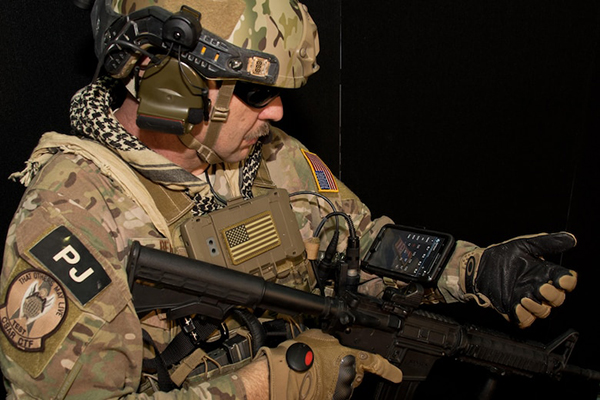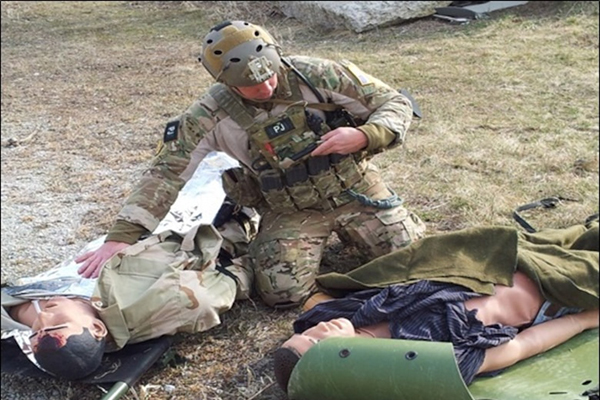case study
Pararescue Technology
INFORMATION TECHNOLOGY FOR GUARDIAN ANGEL CREWS
FUNDED BY: U.S. Air Force
PRIME CONTRACTOR: Ball Aerospace
PROBLEM: As wearable computing devices become more reliable and robust, the U.S. Air Force seeks strategies to leverage information technology for the Guardian Angel Weapons System, the only non-aircraft, equipment-based human weapon system. Guardian Angel units are made up of Pararescue Jumpers; Combat Rescue Officers; and Survival, Evasion, Resistance, Escape (SERE) specialists who execute combat search and rescue and personnel recovery across the full-spectrum of military operations.
APPROACH: Applied Decision Science interviewed and observed Pararescue Jumpers and Combat Rescue Officers to better understand the contexts in which they work, describe the cognitive challenges they face, and identify opportunities to integrate wearable information technology. The cognitive task analysis included qualitative analysis of field data, and a card sort exercise with Air Force Research Laboratory scientists to identify and prioritize cognitive requirements in three categories: medical support, mission support, and after-action support.
IMPACT: We were able to help Air Force Research Laboratory scientists articulate effective and ineffective strategies for introducing wearable computing devices into Guardian Angel units. For example, interviews and observations suggest that for most mission contexts, even the most robust wearable computing devices were too delicate to survive many of the activities Guardian Angel crews execute such as fast-roping and parachuting from aircraft, and conducting water rescues. A wearable computing device would be unlikely to survive the dirt, water, and blood Pararescue Jumpers routinely encounter. It would be difficult to use a keyboard wearing gloves, and voice inputs would not be practical in situations requiring stealth or near noisy helicopters. Thus, a wearable computing device makes little sense as standard equipment for every member of the Guardian Angel crew. A more practical solution would be to target use of computing devices en-route to a rescue while in a helicopter or truck, or at a casualty collection point where the team leader is triaging patients and coordinating transport to higher levels of care.
Militello, L.G., Sushereba, C.E., Branlat, M., Bean, R., Finomore, V. (2015). Designing for military pararescue: Naturalistic decision-making perspective, methods, and frameworks. Journal of Occupational and Organizational Psychology. 88, 251-272. doi:10.1111/joop.12114.
Access Online
The appearance of U.S. Department of Defense (DoD) visual information does not imply or constitute DoD endorsement.


